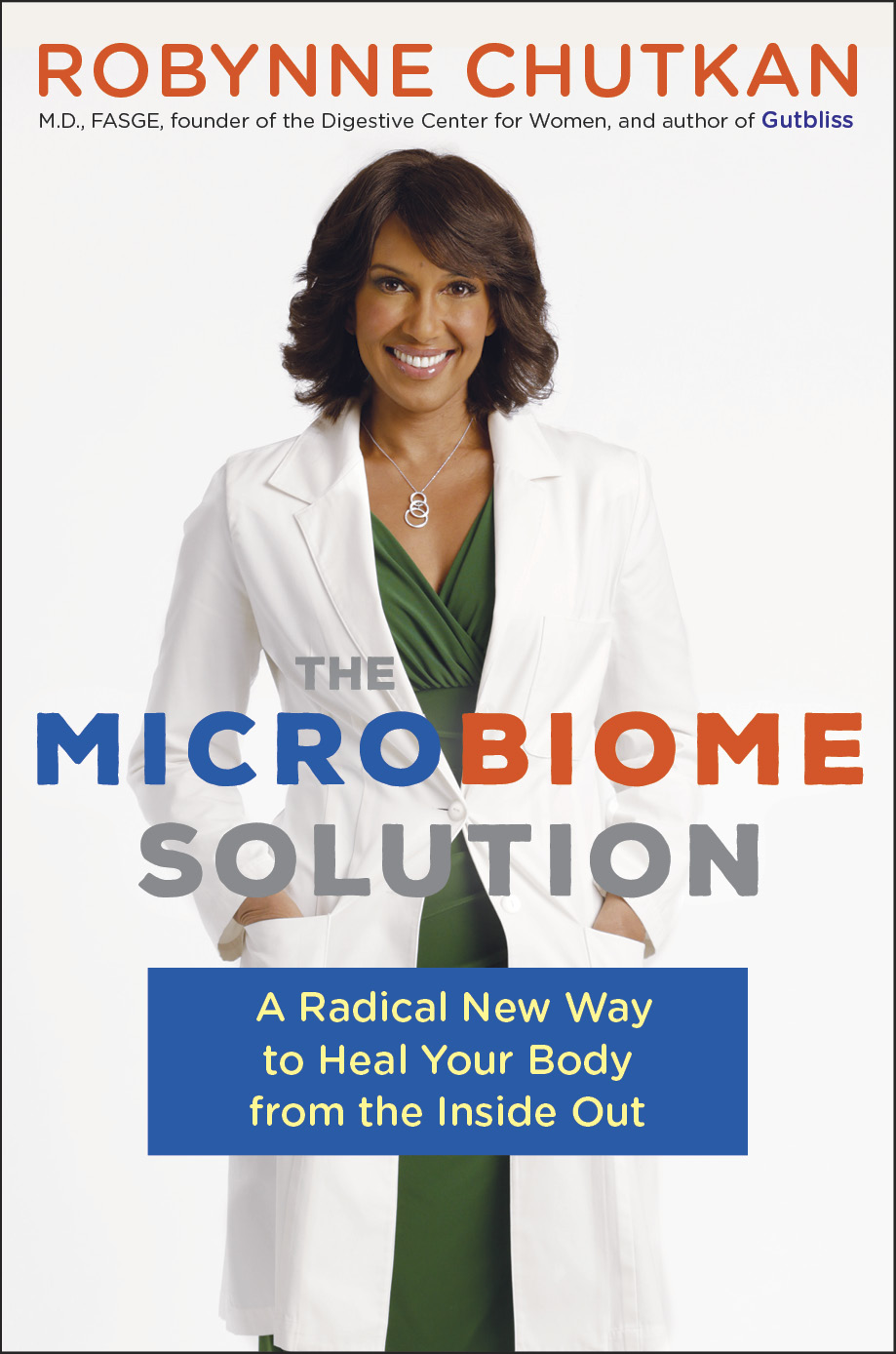C-section births significantly increase the risk of adulthood obesity and type 2 diabetes in female offspring. Researchers conducted a prospective study analyzing data in 33,226 mothers born between 1946 and 1954. Out of those analyzed, 1,089 women were born via C-section. In the cohort 36.6% of children born were found to have obesity and 6.1% were diagnosed with type 2 diabetes in adulthood. Results found that adult women had a 46% higher risk of developing type 2 diabetes and an 11% higher risk of developing obesity when compared to adult women born vaginally. Adjusting for breastfeeding did not change the correlation of risk for obesity or diabetes. JAMA Network Open
Takeaway: Scientists who conducted the research conclude that if these findings are replicated in subsequent studies, they point to an incredible need to decrease C-section birth rates. In the United States, the average C-section rate is approximately 30% – a rate that has lots of potential to be lowered, considering the fact that the optimal C-section rate falls somewhere around 10%.
A 2019 article published in The Atlantic highlights that while both doctor and mother want nothing more than a healthy baby, the reason for the incredibly high C-section rate – speaking to the “non-indicated” C-sections as opposed to the mandatory and lifesaving ones – in the U.S. could be partly due to the fact that doctors get paid quite a bit more for C-sections than they do for vaginal births.
While we already know obesity and type 2 diabetes negatively affect our health, we are seeing it so clearly with the COVID pandemic and the fact that these two conditions lead to a significant increase in the risk for severe COVID-19, not to mention a host of other illnesses, both communicable and chronic. There is no time like the present to choose vaginal birth over cesarean birth whenever possible to protect the health of our offspring.
If you do find that a C-section is necessary for the safe birth of your child, there are things you can do to help optimize your baby’s microbiome. You may have heard of vaginal seeding – a potential option that Gutbliss has highlighted in the past. Preliminary studies showed that vaginal seeding – the practice of swabbing vaginal fluid from the mother and transferring it to the newborn’s mouth, nose, and/or skin to expose the newborn to the bacteria that is thought by some scientists to be a type of “vaginal baptism” in order to seed and cultivate a healthy microbiome long-term – improves the constitution of the microbiome in infants. While this practice has gained lots of attention over the last 5 years, concerns have mounted. Mothers who are at risk of having pathogenic bacteria in the vagina, including those who are group B streptococcus positive or those who have herpes, chlamydia, or gonorrhea should not practice vaginal seeding. Some scientists also question the “vaginal baptism” hypothesis, stating that it is unlikely that the health of the human microbiome is dependent on this microbial initiation. Instead, they believe that the increase in microbial dysbiosis and allergic conditions in Cesarean birthed infants is due to other factors associated with Cesarean delivery, such as “intrapartum antibiotic administration, absence of labor, differences in breastfeeding behaviors, maternal obesity, gestational age,” etc.
While some of the latest feedback on vaginal seeding is less-promising, this doesn’t mean it’s not an effective method in colonizing gut bacteria in the C-section born infant. Instead, it means that there is not enough scientific evidence in the areas of safety and efficacy to put it into clinical practice at this time. There are still scientists who are avidly researching in this area and hopeful that the practice of vaginal seeding will prove to be a net positive.
While you may be disappointed to hear the mixed reviews on vaginal seeding, there are still many things you can do to cultivate a healthy gut microbiome in your child. First and foremost, breastfeeding is an excellent way to establish your baby’s microbiome. While the JAMA Open Network study published this spring did not find breastfeeding protective against developing obesity or type 2 diabetes in adulthood, an overwhelming number of studies have found that breastfeeding and infant exposure to the maternal nipple’s skin play an active role in seeding the infant’s microbiome and result in better long-term health than formula fed counterparts. Other ways to optimize microbial health in your C-section born infant include avoiding self- and homecare products, as well as medications, that harm the microbiome, and focusing on an introduction of whole, fibrous foods that encourage the growth of beneficial gut bacteria in the first year of life and beyond.







